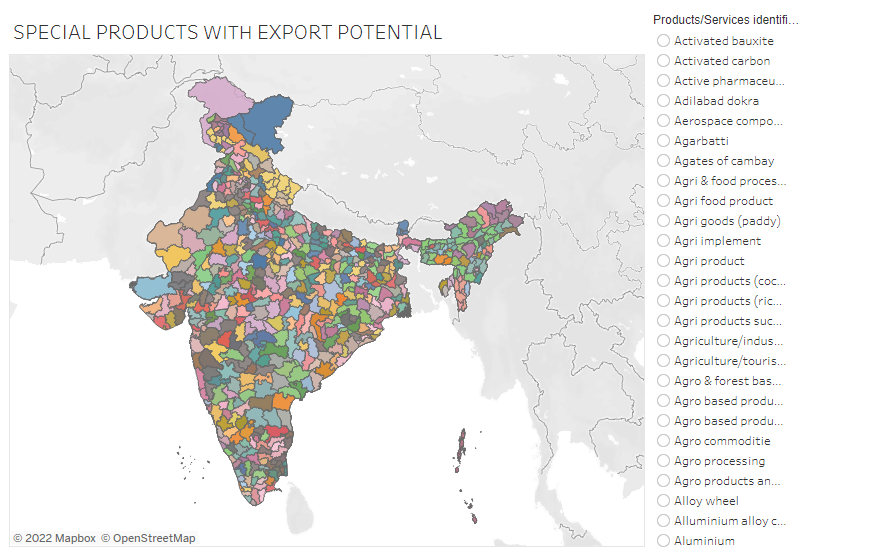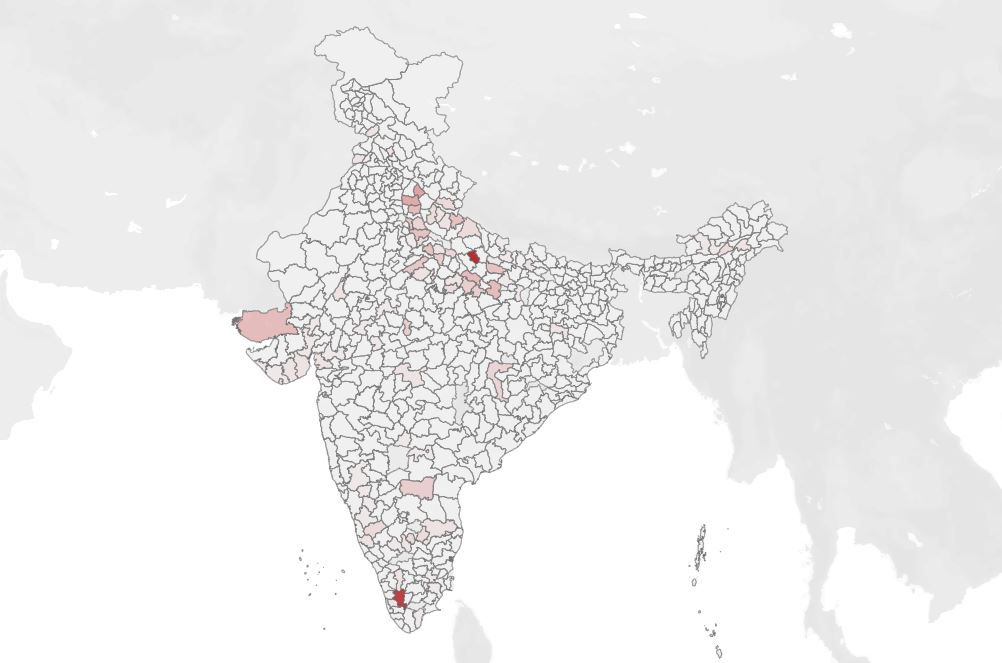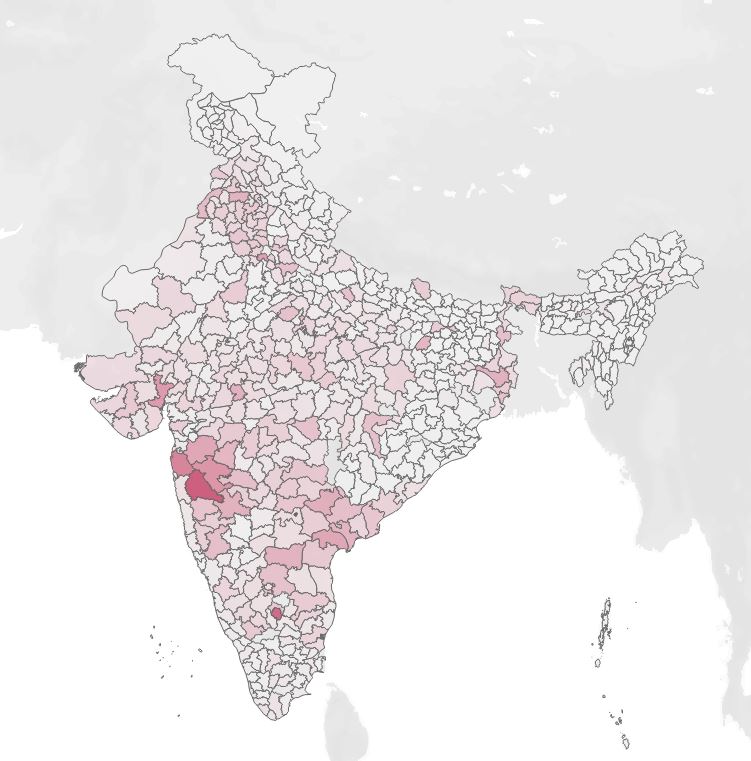
Knowledge Center
Special Products and Services with Export Potential

To shift the focus of economic policies toward India’s export promotion and to leverage foreign trade for more sustained growth, the Indian government identifies each district as an export hub. The Ministry of Commerce and Industry gives the data for the special products and services of districts with export potential. The objective is to focus on each District as a platform for the broad and global reach of products and services through innovative e-commerce and digital marketing.
Read more: Special Products and Services with Export Potential
One District One Product

The One District, One Product or ODOP is a scheme launched by the Ministry of Food Processing Industries, Government of India, to uplift districts by fostering cultural and socio-economic enrichment and developing better employment opportunities for locals, especially in rural areas. The 2021 One District One Product data identifies, promotes, and brands a unique product from each district to reach the goals. Through the scheme, the Indian government looks forward to transforming every district into an export hub by marketing the product with which the district can be demarcated. The initiative plans to accomplish these objectives by scaling the rate of manufacturing, supporting local businesses, and attracting potential international businesses, thus helping to achieve the vision of ‘Atma-nirbhar Bharat,’ or Self-dependent India.
SLL Crimes in India

Cognizable crimes are categorized either under the 'Indian Penal Code (IPC)' or under the 'Special and Local Laws (SLL)'. The Special and Local Laws identify criminal activities that the state government frames for specific issues. The SLL crimes data 2019 identifies 89 acts of crime framed as India's Special and Local Laws. The data is depicted in the form of a geospatial heatmap of the Indian subcontinent, highlighting the number of individual criminal acts in each district, recognized under Special and Local Laws of India.
CASE STUDY: INDIAN DEVELOPMENT INDICATORS II

A well-known bank is planning to expand its rural branch network by providing credit, deposit, and refinancing facilities on agricultural inputs (such as Fertilizers) to farmers, workers, and agricultural industries in Bihar, but is skeptical about prioritizing the top five districts. For the same, the banking officials decide to use market intelligence tools to engender a clear picture of desired district profiles and analyze relevant socio-economic indicators. This interactive feature provides a deeper insight into various aspects of regional and rural banking.
IPC Crimes in India

Historically, the socio-economic fabric of Indian society has been changeful. Even though India has a rich culture and heritage, the effect of the varying social factors, from the prevalence of princely monarchs, to the hegemony of the middle-eastern and European rulers, Indian social makeup has witnessed many sequels. Because of its unique collective structure, the concept of crime in India needs an equally unique code of conduct. The Indian Penal Code (IPC) serves the need by covering all the major and minor aspects of criminal law in India. The 2019 IPC Crime data displays 140+ different acts of crime identified by the Indian Penal Code (IPC).
Page 1 of 2





 Blogs
Blogs